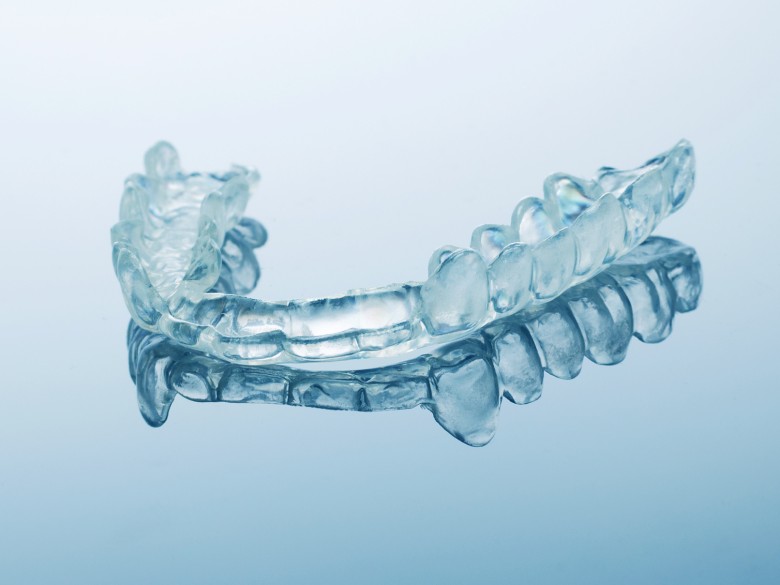
Splints for Teeth Grinding
Splints for teeth grinding, also known as occlusal splints, night mouthguards or bite splints, are essential tools in managing the effects of teeth grinding, especially during sleep. Custom made splints provide protection between the upper and lower teeth to prevent damage and pain caused by bruxism.
How occlusal splints help
By wearing splints designed specifically for your mouth, you can alleviate the symptoms associated with teeth grinding, such as:
- jaw pain
- headaches
- tension
- tooth sensitivity
- chipped teeth
- cracked fillings
These devices not only protect the teeth from damage but also help relax the jaw muscles and promote better sleep quality.
Splints for teeth grinding play a crucial role in safeguarding dental health and improving overall well-being for those affected by bruxism.
What is bruxism?
Bruxism is a dental condition where individuals grind or clench their teeth, often unconsciously. It typically occurs during sleep but can also happen during waking hours. Bruxism can lead to tooth wear, jaw pain, headaches, and other oral health issues if left untreated.
Custom splints vs generic
There really is no comparison between custom splints vs over-the-counter generic types. A custom splint is created to fit your teeth and mouth perfectly so it’s more comfortable, easier to breathe and above all provides a more precise barrier between your teeth.
We are here to help
If you suffer from teeth grinding, contact us immediately so we can help relieve the symptoms, repair any damage and provide you with a custom occlusal splint.
Occlusal splint instructions and care
What to expect
At initial wearing, it will usually feel tight for a few minutes – this is normal. It’ll feel snug against the teeth but not too tight or uncomfortable. The jaw position will feel unusual at first but after a few days it will become more comfortable. Jaw, muscle, and/or neck pain should subside within a few days. Some wearers may find they take the splint out during sleep in the first few weeks, this is normal and will stop over time.
How to use
After cleaning your teeth at night, insert the splint into your mouth and gently push onto the teeth – do not bite it into place. In the morning, take it out and brush your teeth as usual, then brush the splint with a soft toothbrush and soap. Rinse with cold water and leave to dry in the provided container during the day – preferably out of reach of pets and children.
Maintenance
Visit the clinic for review appointments to adjust the splint. Bring it along to every dental appointment so the fit can be checked and adjusted as required. If wearing the splint causes any pain or discomfort, please contact the surgery for adjustment as soon as possible.
When to contact the clinic
- Jaw/muscle pain has not reduced in jaw joints after one week of continued use
- The bite is not comfortable, feels too loose or keeps falling out. Do not clench or bite down on the splint to force it to fit.
- Notice any cracks or damage
What not to do:
- Soak in Dettol or alcohol-based mouthwash for long periods of time
- Use toothpaste to clean
- Place in hot water (it will melt!)
- Leave in direct sunlight
- Wear the splint while eating
- Wear the splint while playing sport
- Leave out for the dog to chew! (this happens more often than you think)
You may also be interested in our custom mouthguards for sport.
Avon Valley Dental Centre
59 Duke Street, Northam WA 6401

For appointments, information or dental emergencies:




